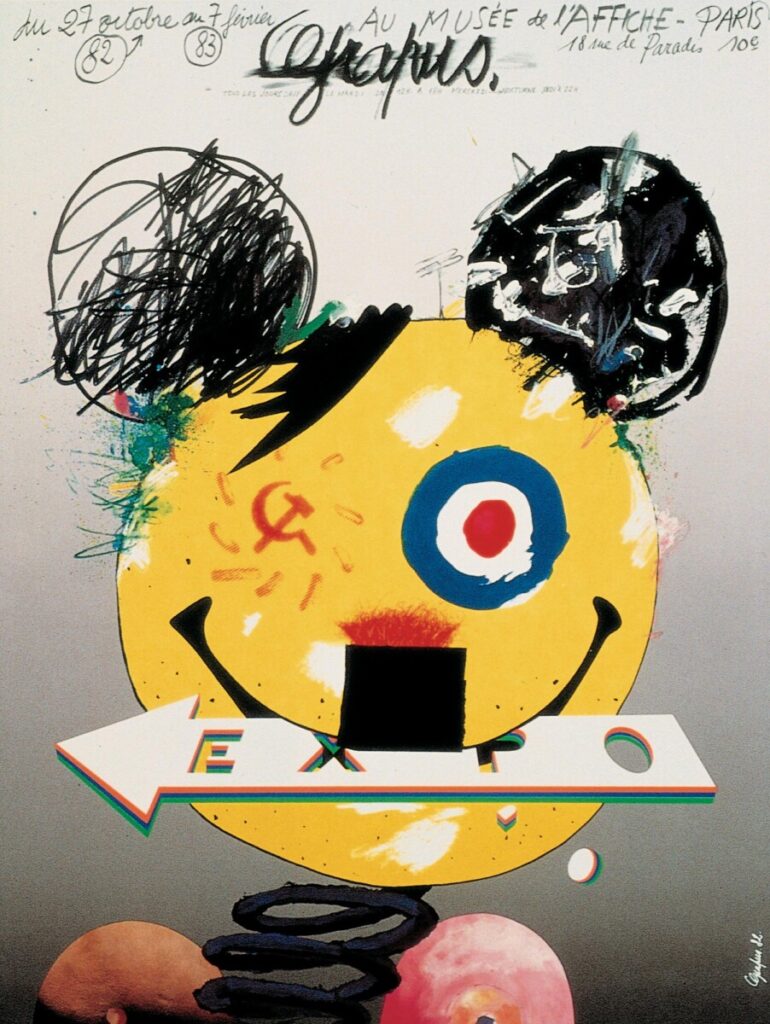For Jan Tschichold, the ultimate qualities of a design were clarity and objectivity. He advocated the New Typographic style which embodied sans-serif, flush-left ragged right and asymmetrical typography. He thought of ornamental, centered typography as something arcane and impure in the field of design and communications. Jan Tschichold regarded Baroque and Renaissance style designs as impractical and illogical for the visual senses. The central placement of decorated text was especially problematic in his observations as most Westerners read from left to right and the centered layout created real issues of readability and disrupted the natural flow of the visual communication. The function of a good design was communication and the logical sequence of the contents according to Jan Tschichold. In asymmetry, he saw the nature of modern times, the unlimited scope for variations and the design principle based on real-world application.
Josef Müller-Brockmann who came little after Jan Tschichold took the ideas of New Typography and placed them under the grid-based method of communications which according to Brockmann, resulted in the purest expression and universality. This type of design thinking was the expression of visual order, objectivity and mathematical thinking. I found this especially fascinating because I have always found mathematical (technical) thinking more familiar to design thinking than art and abstract expression. It is also fascinating to think that when processing visually based information, the processes in our brain are also very methodological and orderly and that is perhaps why, according to Brockmann, the grid was the answer to the question of design quality, clarity and objectivity. As a designer, in the past, I used to find the grid systems a little too constraining but as I have gained more experience, I have realized that the order within any design radiates attention to detail, coherence and simplicity.
Karl Gerstner who was one of the later pioneers of Typographic Style developed a far more methodological approach in the design field which suggested a model for design in the early days of the computer era. Gerstner created a “morphological box of the typogram” which breaks down certain expressive characteristics of typography by rows. By randomly combining these characteristics, one can generate a systematic yet creative output which is the result of his design programme. This algorithmic and systematic approach developed by Karl Gerstner is taking the design thinking to that level of practicality where the design process, the outcome and the application are all equal of importance.




Recent Comments